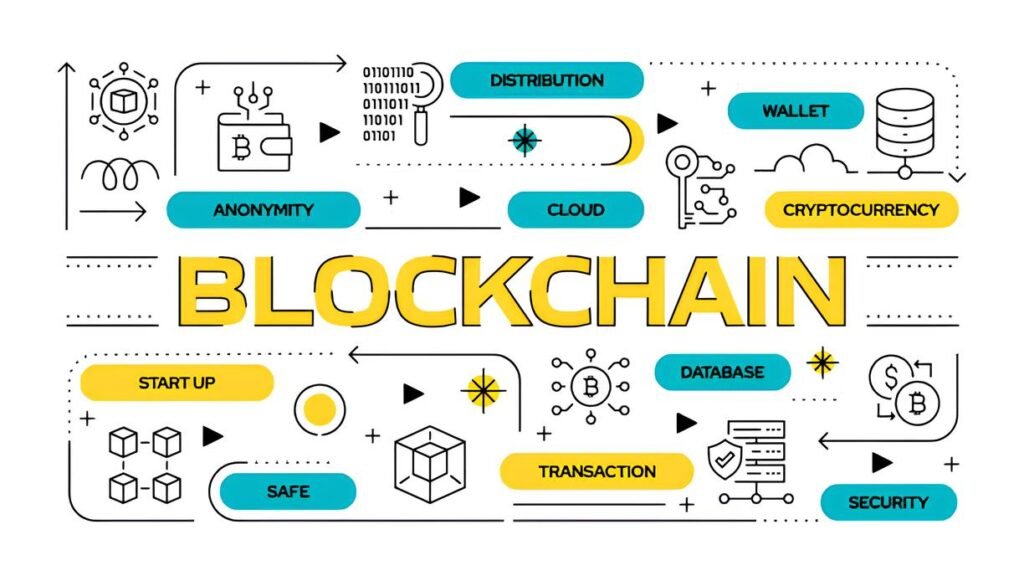Why Most Privacy Coins Fail at Real-World Anonymity
Imagine sending money through a locked mailbox, expecting the contents to remain secret, only to find out the mailbox has a tiny, almost invisible crack that anyone can peer through. Privacy coins in the cryptocurrency world often promise exactly that level of secrecy. But for many users, that promise falls short when faced with the complexities of real-world anonymity.
Privacy coins like Monero, Zcash, and Dash were born from the desire to keep transactions confidential, hiding sensitive details from prying eyes. Yet, despite advances in cryptography and blockchain technology, the reality is many privacy coins still leak data or fall victim to analysis techniques that weaken their protections. Why does this happen? What gaps exist between theory and practice? And how do these flaws impact users who rely on privacy coins to maintain anonymity?
In This Article
What Are Privacy Coins?
Privacy coins emerged to solve a glaring flaw in Bitcoin and similar cryptocurrencies: transparency. While Bitcoin offers pseudonymity (users are identified by addresses, not real names), every transaction is recorded on an immutable ledger visible to anyone. This transparency clashes with privacy needs, especially for users wanting untraceable payments.
Privacy coins incorporate advanced cryptographic techniques to obfuscate transaction details such as sender, recipient, and amounts. For example:
- Monero uses ring signatures and stealth addresses to hide transaction origins and recipients.
- Zcash employs zero-knowledge proofs (zk-SNARKs) to validate transactions without revealing any details.
- Dash introduces coin mixing through its PrivateSend feature.
These innovations create an illusion of complete anonymity. Yet, this theoretical protection often doesn’t hold up outside the lab or whitepaper environment.
Technological Challenges Limiting Anonymity
Several core technological hurdles prevent privacy coins from delivering perfect anonymity at scale:
- Scaling Trade-offs: Fully private transactions are computationally intensive. Techniques like zk-SNARKs require significant processing power, limiting the frequency or size of shielded transactions. Zcash, for example, struggled initially because most users transacted in transparent mode to avoid performance slowdowns.
- Partial Adoption: If only a fraction of transactions use privacy features, it becomes easier to analyze and distinguish private from non-private transactions, narrowing the anonymity set.
- Blockchain Transparency: Even privacy coins rely on public ledgers, where metadata around transaction timing and volume can be observed.
- Protocol Flaws: Implementation bugs or cryptographic weaknesses can create side channels that leak sensitive data. Past vulnerabilities, such as issues in Monero’s early ring signature implementations, have temporarily weakened privacy guarantees.
- Upgradability and Forks: Privacy coins require constant updates to stay ahead of analytics firms. But mandatory forks can fragment user bases and delay adoption of privacy improvements.
Understanding Anonymity Sets
At the heart of privacy coin effectiveness is the anonymity set—the pool of transactions or users among which one blends. The larger and more homogenous this set, the harder it is for outsiders to identify individual transactions.
If a privacy coin struggles to build or maintain a sufficiently large anonymity set, it undermines its core value proposition. When you’re the only one using privacy features on a chain, you stand out like a spotlight in the dark.
Behavioral and Ecosystem Privacy Leaks
Technology alone can’t guarantee privacy. The ecosystem around privacy coins and user behavior plays a significant role in exposing identities indirectly.
- Off-chain Data Leaks: Exchanges, crypto mixers, and wallets often require KYC (Know Your Customer) verification, eroding on-chain privacy by linking identities to coins.
- Timing Analysis: Matching the timing of deposits and withdrawals can allow adversaries to correlate transactions, especially when dealing with privacy coins that temporarily exit protective layers.
- Use of Transparent Addresses: Many platforms default to transparent addresses for operations like withdrawals, creating giveaway links from a supposedly private coin.
- Cross-Chain Activity: Privacy coins frequently interact with Bitcoin or Ethereum ecosystems. These linkages become trails that forensic tools use to map transactions.
- Limited Wallet Support: User-friendly wallets often lack full integration of privacy protocols or accidentally leak identifying information through IP tracking or metadata.
Using a privacy coin without adopting privacy-friendly wallets and exchanges can negate its benefits. Often, your operational security (OPSEC) is the weak link—not the coin’s protocol.
How Blockchain Analysis Defeats Coin Anonymity
The rise of sophisticated blockchain analysis firms represents one of the largest threats to real-world anonymity. These companies, many commissioned by governments and law enforcement, use complex heuristic algorithms and machine learning to uncover transactional relationships.
Even privacy coins aren’t immune. Some methods include:
- Transaction Graph Analysis: By studying input and output patterns over time, analysts identify probable links even in anonymized transactions.
- Amount Correlation: When privacy coin transactions involve exact or similar decimal values repeatedly exchanged, it signals possible linkages.
- Network-Level Surveillance: Blockchain data combined with network data such as IP addresses connecting to nodes further reduces anonymity.
- Exit Point Vulnerabilities: When privacy coins interact with exchanges or other public gateways, the moment coins enter or leave these exit points is closely monitored.
One forensic technique specifically targets Monero’s ring signatures by statistically analyzing outputs, gradually peeling away privacy protections. While continuous protocol updates try to counter these attacks, attackers often get a head start.
For a deeper dive into how blockchain metadata can reveal your identity despite privacy measures, explore our coverage on what blockchain metadata can reveal about you.
Common User Mistakes That Compromise Privacy
It’s one thing for a coin to offer privacy by design; another for users to ensure safe and effective use. Many users unintentionally leak information by making errors such as:
- Reusing Addresses: Using the same wallet address repeatedly defeats stealth address mechanisms.
- Linking Identities: Posting transaction details or addresses publicly, or using identifiable communication channels alongside crypto transactions.
- Inconsistent Privacy Hygiene: Switching between privacy and non-privacy coins without proper mixing raises flags.
- Device Fingerprinting: Using standard browsers or leaking IPs when transacting with privacy coins.
- Ignoring Network Layer Privacy: Not utilizing tools like Tor, VPNs, or privacy-focused operating systems can expose crucial metadata.
For better anonymity, consider layering your transactional privacy with secure environments like Whonix or Tails OS paired with reliable privacy coins. Also, avoid sending coins directly from exchanges to darknet services without proper mixing or privacy layers.
Towards Better Privacy Solutions
Despite the challenges, the privacy coin ecosystem is evolving quickly. New approaches aim to close gaps left by earlier models, including:
- Layer 2 Privacy Protocols: Integrations like Mimblewimble and Lightning Network aim to boost efficiency and privacy simultaneously.
- Improved Cryptography: Ongoing research into zero-knowledge proofs is reducing computational overhead, allowing wider shielded transaction adoption.
- Better Wallet Designs: Enhancing default privacy settings, seamless integration with Tor, and augmented metadata stripping.
- Decentralized Exchanges: Offering anonymous swaps without KYC requirements to bridge privacy coins and mainstream cryptocurrencies safely.
- User Education: Communities emphasizing operational security and understanding privacy trade-offs.
If you’re interested in building resilient, privacy-focused crypto workflows, our article on building secure crypto workflows for remittance offers practical insights and strategies.
Final Thoughts: The Reality Behind the Mask
Privacy coins offer compelling technological tools to shield your transactions, but anonymity is a delicate balance of technology, behavior, and ecosystem design. While these coins strive to guard your privacy, numerous factors — both technical and human — tip the scales against full real-world anonymity.
For everyday users relying on privacy coins, the key lesson is this: technology alone is not enough. True privacy demands holistically combining secure technology with disciplined, consistent operational security practices.
As our digital world grows ever more connected and surveilled, understanding these nuances matters now more than ever. Whether you’re a casual user or an advanced privacy advocate, recognizing where privacy coins fall short can empower you to layer smarter, safer protections around your crypto use.



